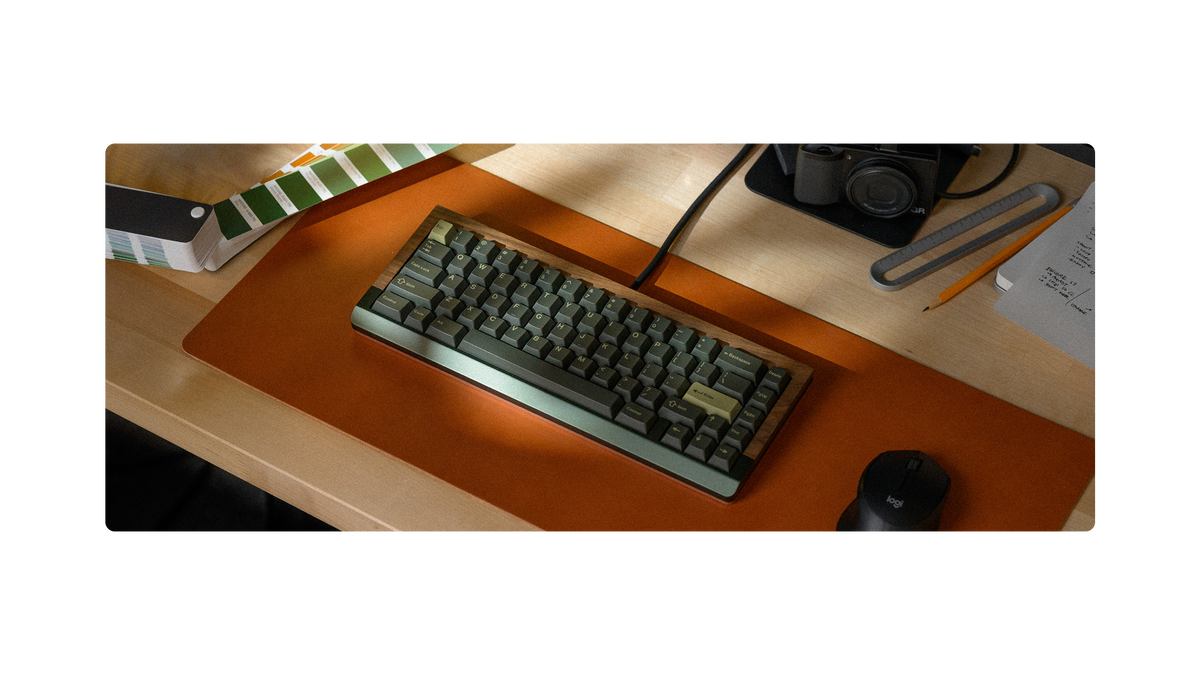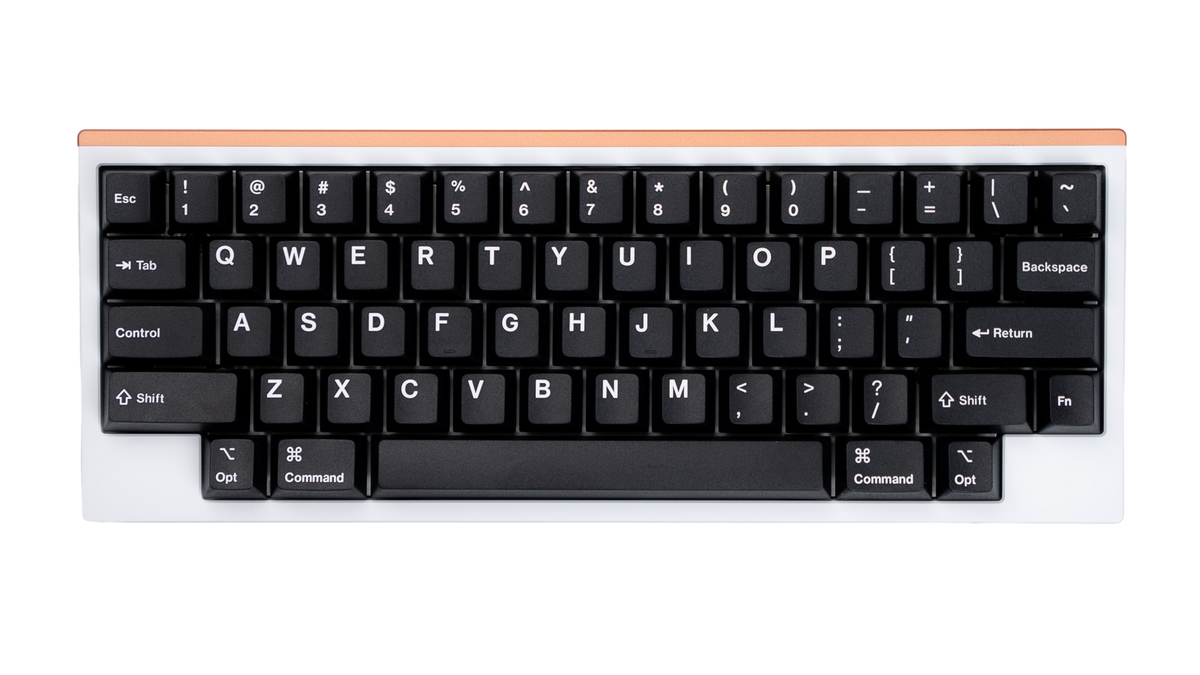Build Guide
Build Time: 45-90 minutesWe are currently migrating the written build guides to our latest website version. They will be available again soon.
Happy Typing
We hope you had a smooth build experience and would love to see the end result! Post your build in our photos channels on Discord or tag us on Instagram @modekeyboards. If you have any feedback you'd like to share with us, you can reach out to hi@modedesigns.com.
- Team Mode

